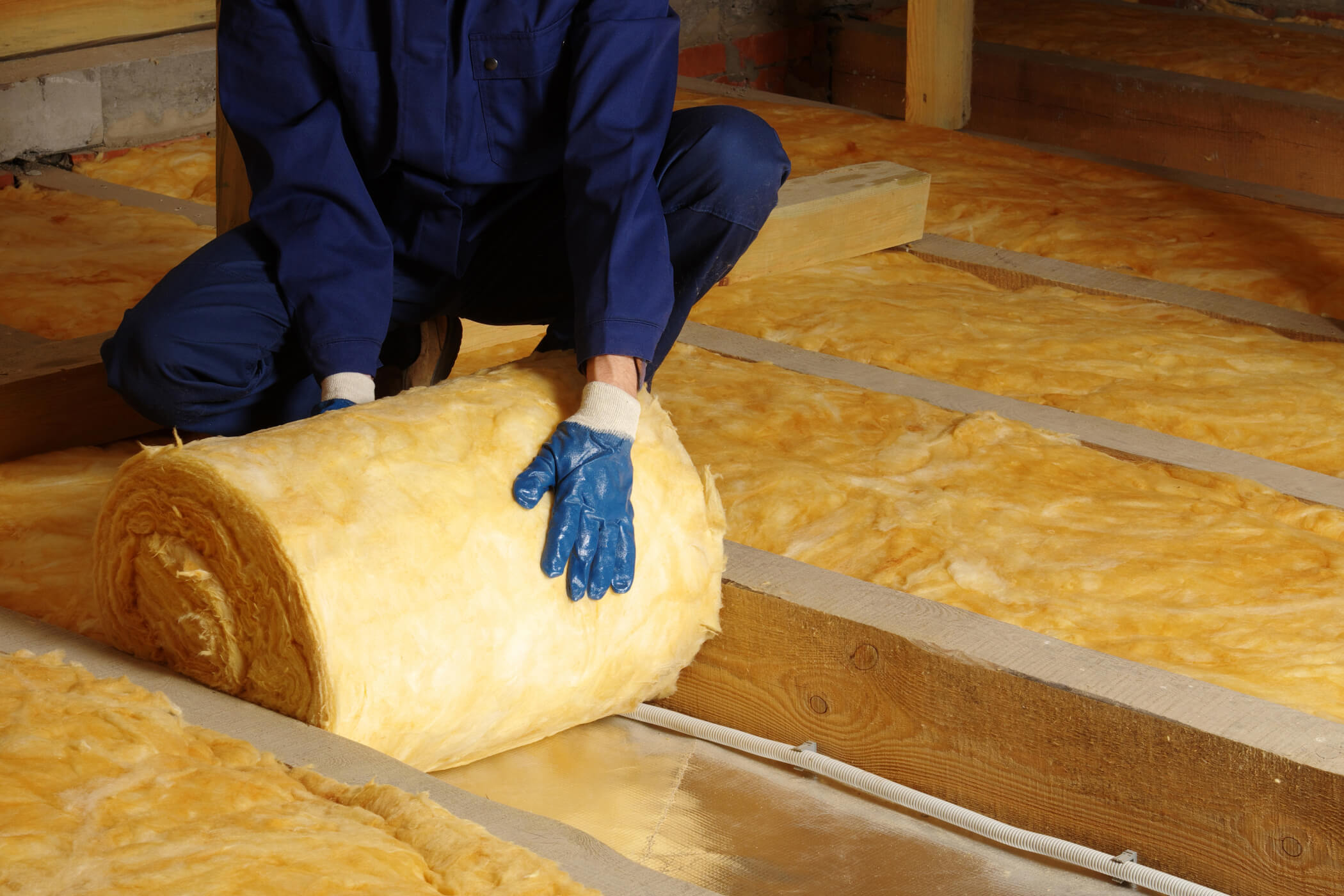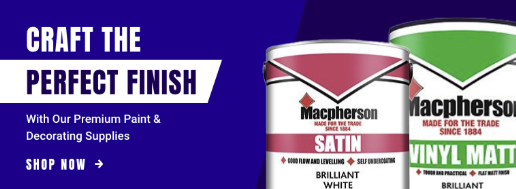When it comes to making your home or building energy-efficient, comfortable, and cost-effective to maintain, insulation plays a huge role. Choosing the right type can seem overwhelming, especially if you’re a homeowner or self-builder weighing up your options. Here at Mitcham Builders Merchants, we have years of experience helping our customers select the ideal materials for their projects, and we’re here to share that insight with you.
Whether you’re tackling a DIY build, working on a large construction site, or simply trying to increase your home’s energy efficiency, this guide will walk you through the different types of insulation and their specific uses.
A Guide To Types Of Insulation
From improved energy efficiency to soundproofing, insulation is more than just a ‘nice-to-have’ feature; it’s essential for functional, sustainable, and comfortable living spaces. If you’re ready to learn more about the options available and their applications, keep reading as we explain each type in detail. Use the list below to jump to whichever section interests you most.
- What Is Insulation?
- Types Of Insulation
- What Is Floor Insulation?
- What Is Acoustic Insulation?
- What Is Cavity Insulation?
- What Is Loft Insulation?
- What Is A Cavity Tray?
- How To Choose The Right Insulation

What Is Insulation?
Simply put, insulation is a material or combination of materials that reduces the transfer of heat or sound in and out of a building. It acts as a barrier, keeping heat within your home during colder months and preventing overheating in the warmer months.
The benefits of insulation extend beyond temperature regulation. A well-insulated home helps homeowners save significantly on energy bills, reduces environmental impact, and even improves acoustics by dampening sound transmission between rooms and floors.
At its core, insulation makes your home more efficient, comfortable, and cost-effective to maintain.
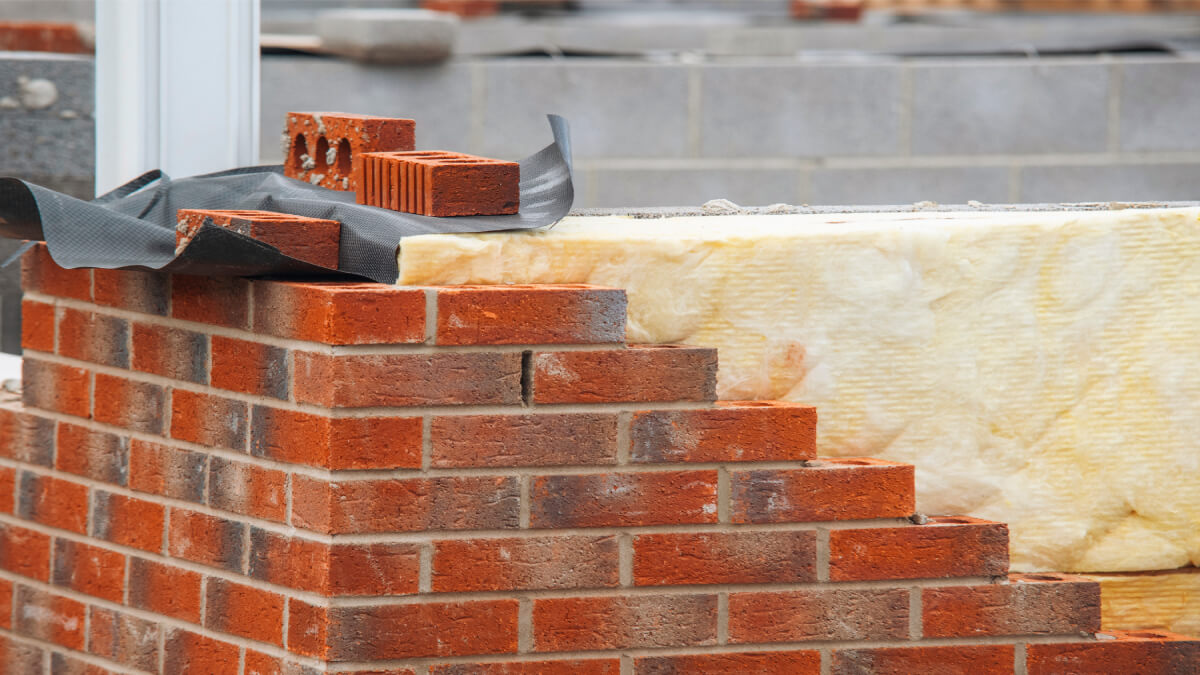
Types Of Insulation
There’s no ‘one-size-fits-all’ when it comes to insulation. Each type offers specific advantages and is suited to particular applications. Below, we’ve provided an overview of the most common options.
Blanket Insulation
Blanket insulation, typically made of fibreglass, is one of the most widely used forms of insulation. It’s supplied in rolls or batts and installed between wall studs, floors, and ceiling joists. With its affordability and ease of installation, it’s perfect for DIY or professional projects.
Rock Mineral Wool Insulation
Rock mineral wool is made from volcanic rock, making it both fire-resistant and durable. It is an ideal choice for noise reduction and is commonly used in walls, roofs, and floors to create a safe, quiet environment.
Sheet Loft Insulation
Sheet loft insulation panels provide a sturdy, high-performance way to insulate attic spaces. They’re especially effective in areas requiring additional strength, like loft conversions.
Loose-Fill Insulation
Loose-fill insulation consists of small particles of fibreglass, cellulose, or other insulating materials. It’s a great choice for filling hard-to-reach spaces in attics or cavities, ensuring no gaps in thermal protection.
Sprayed Foam Insulation
This type of insulation offers superior air and moisture sealing. Applied as a liquid that expands into a foam, it’s ideal for irregularly shaped areas and provides excellent thermal resistance.
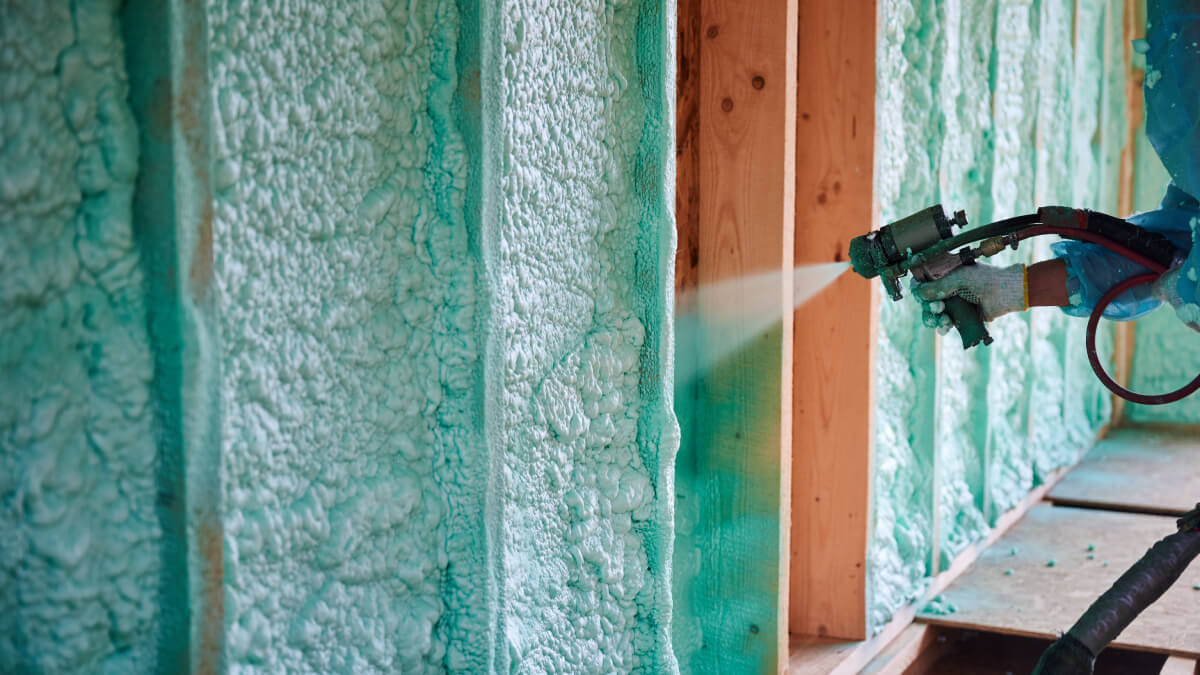
Structural Insulated Panels
Structural Insulated Panels (SIPs) are pre-fabricated panels made of a foam core sandwiched between two rigid boards. They offer high thermal efficiency and can speed up construction projects significantly. They are often used to increase the airtightness of modern builds.
Sheep’s Wool Insulation
A natural and sustainable option, sheep’s wool insulation is both environmentally friendly and highly effective. Thanks to wool’s natural moisture-handling properties, it helps regulate humidity and provides a breathable insulation solution.
Rigid Foam Insulation
Rigid foam insulation boards, often made of polystyrene or polyurethane, provide excellent thermal resistance. Perfect for areas like walls and floors, these boards are lightweight yet robust.
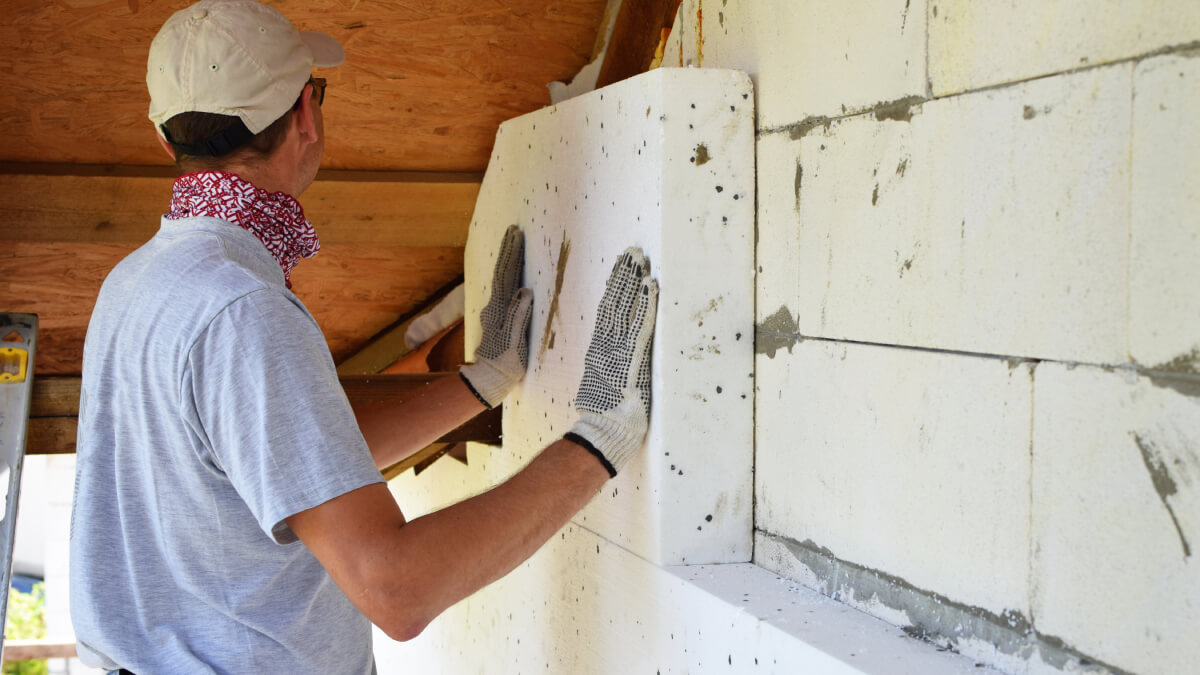
What Is Floor Insulation?
Floor insulation involves adding insulating materials beneath or above a floor to reduce heat loss. Cold floors can account for a significant amount of a home’s heat loss, making this a crucial area to insulate.
Types of floor insulation:
- Rigid foam boards are common due to their durability and high thermal resistance.
- Sprayed foam prepares uneven floors for insulation.
- Sheep’s wool can be used under suspended timber floors for eco-conscious builders.
Benefits of floor insulation:
- Reduces wasted energy and heat loss.
- Improves indoor comfort, especially in winter.
- Minimises draughts from gaps in wooden flooring.

What Is Acoustic Insulation?
Acoustic insulation reduces noise levels, making it key for creating a quieter home or workspace. It decreases the transfer of airborne and structural sound between rooms and floors.
Types of acoustic insulation:
- Mineral wool batts are commonly used in internal walls to reduce noise transmission.
- Soundproof boards provide additional surface damping.
- Acoustic mats add a layer underneath the flooring for sound absorption.
Benefits of acoustic insulation:
- Quieter indoor spaces, particularly in homes near busy roads.
- Improved privacy within multi-room properties.
- Increased real estate market value for homes with enhanced soundproofing.
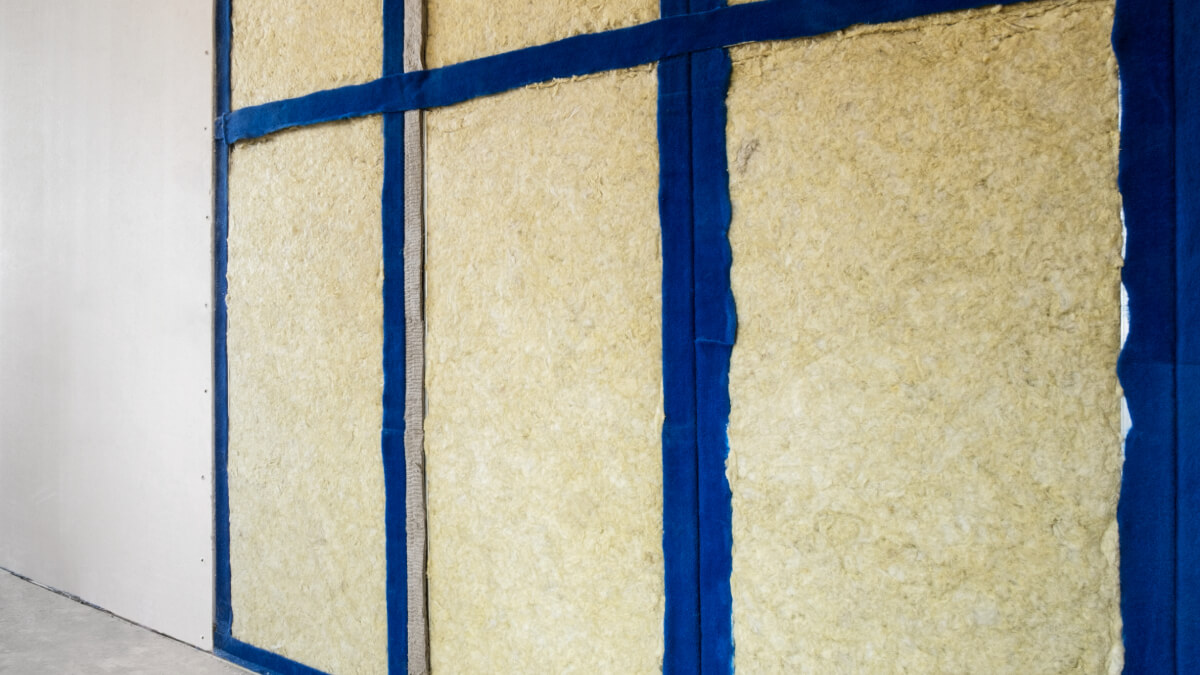
What Is Cavity Insulation?
Cavity insulation refers to filling the gap between a home’s two walls (the cavity) to reduce heat loss. It’s a highly effective way to make older homes more energy-efficient.
Types of cavity insulation:
- Foam insulation for maximum thermal resistance.
- Bead insulation for easy installation and good performance.
- Foamed glass beads as a non-combustible, eco-friendly option.
Benefits of cavity insulation:
- Significant reduction in heating costs.
- Prevents condensation by maintaining warmer wall surfaces.
- A cost-effective solution for retrofitting insulation in older homes.

What Is Loft Insulation?
Loft insulation involves adding insulating layers to a loft’s floor or roof space. Since heat rises, uninsulated lofts can result in significant energy waste.
Types of loft insulation:
- Blanket insulation rolls for general loft spaces.
- Loose-fill insulation for awkward corners.
- Sheet insulation panels for loft conversions.
Benefits of loft insulation:
- Reduces heat loss by up to 25%.
- Saves homeowners on energy bills.
- Prolongs the lifespan of a roof through better temperature regulation.
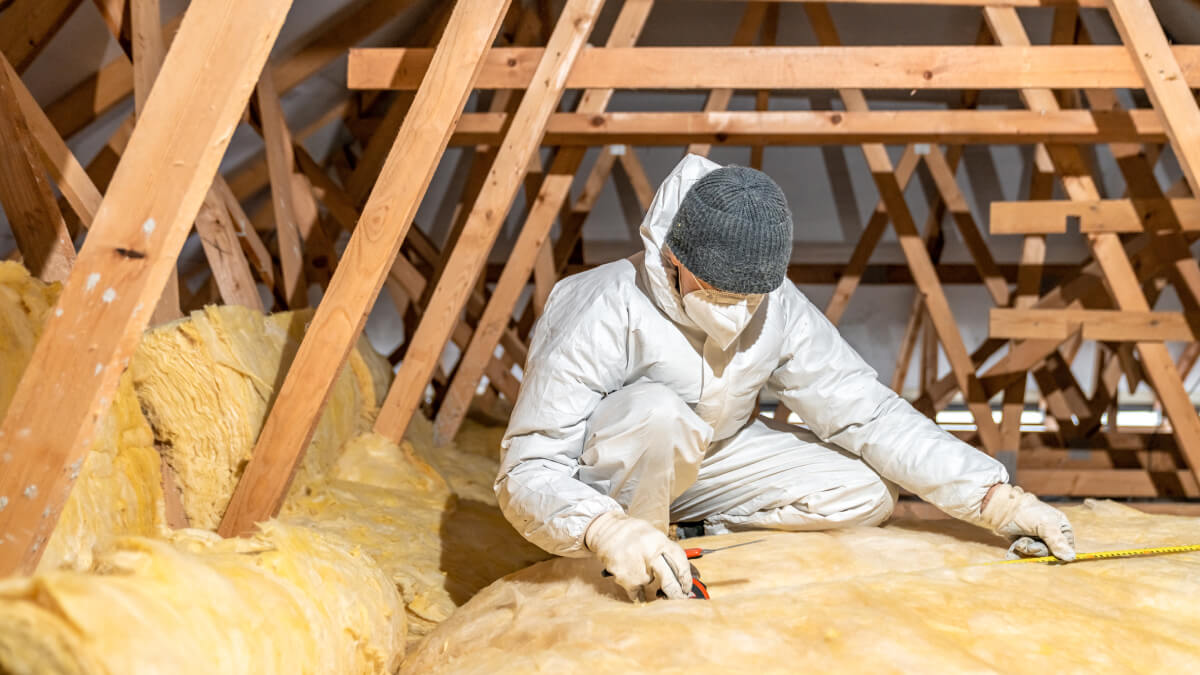
What Is A Cavity Tray?
A cavity tray is a waterproof barrier installed within cavity walls to guide moisture away from the building. It ensures proper drainage and prevents water ingress, especially in areas prone to heavy rainfall.
Types of cavity trays:
- Pre-formed trays for a simple, ready-to-install solution.
- Flexible trays which allow you to customise to unique building designs.
Benefits of cavity trays:
- Protects homes from water damage and dampness.
- Ensures compliance with building codes.
- Maintains the structural integrity of walls over time.

How To Choose The Right Insulation
You’ll need to consider a few things in order to choose the right insulation for your home/project. The right choice can make a significant impact on the comfort of your space, your energy bills, and even your environmental footprint. Here’s what to keep in mind:
- Area to be insulated: Identify the specific areas you need to insulate. Common areas include walls, roofs, floors, basements, and attics. Each area has unique requirements, and certain insulation types are better suited for specific applications. For example, spray foam might be ideal for sealing tricky gaps in attics, while fibreglass batts work well for walls.
- Budget: Establishing a clear budget is crucial for any insulation project. Insulation materials come in a range of prices, from more affordable options like fibreglass to premium choices like spray foam. While initial costs are important, don’t forget to consider long-term energy savings. Investing in higher-quality insulation with better thermal performance may seem more expensive upfront, but it can lead to reduced heating and cooling bills over time.
- Desired thermal efficiency: Thermal efficiency is measured by the insulation’s R-value. Higher R-values provide better insulation and are often recommended for colder climates like the UK. However, choosing the right R-value also depends on the specific area you are insulating and your local building codes. For example, attics generally require higher R-values than walls to prevent heat loss.
- Environmental impact: If you’re looking to prioritise sustainability, consider the environmental impact of your insulation materials. Look for products made from recycled or renewable resources, such as cellulose insulation made from recycled paper or natural wool. These eco-friendly options provide excellent performance while reducing your project’s carbon footprint.
- Installation method and ease: Another factor to keep in mind is the complexity of installation. Some materials, like fibreglass batts, are relatively easy to install for DIY projects, while others, like spray foam or rigid board insulation, may require professional installation.
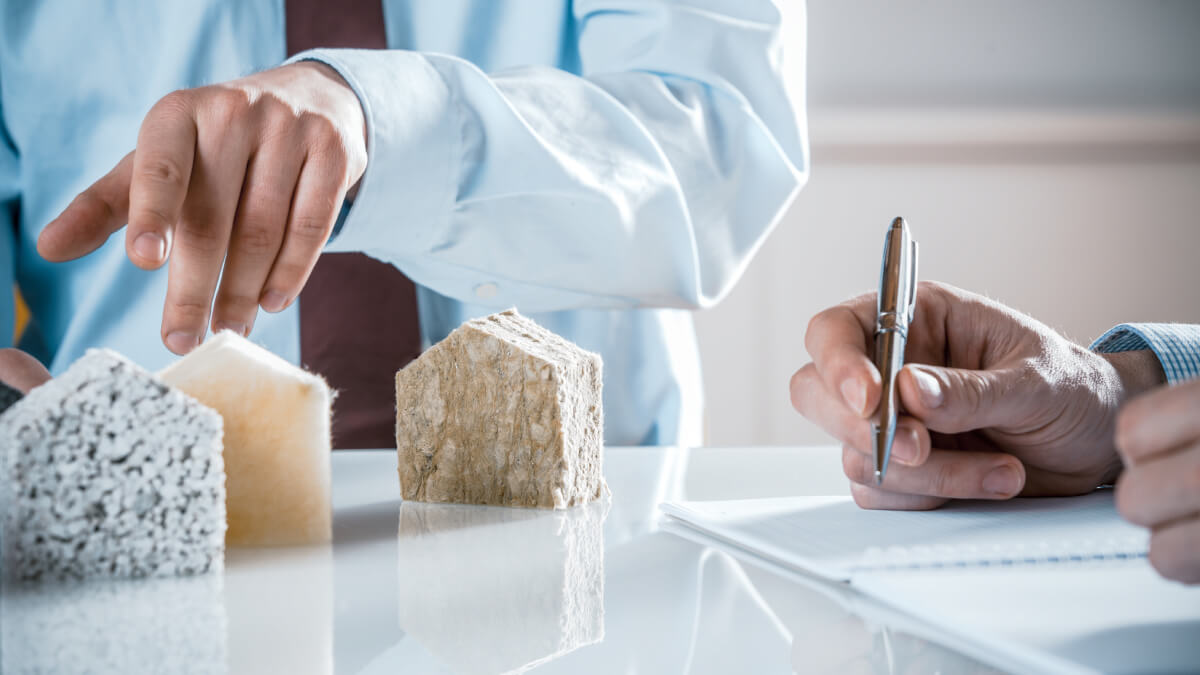
Get Your Insulation At Mitcham Builders Merchants
Insulation isn’t just vital for energy savings, but it also enhances the comfort, soundproofing, and longevity of your home or structure. From floor insulation to loft insulation, each type serves a unique purpose, and the benefits are well worth the investment.
If you’re unsure what type of insulation is right for your project, Mitcham Builders Merchants is here to help. Our friendly, knowledgeable team can guide you to the best materials for your needs. Visit us today or give us a call – we’re always happy to discuss your next project.





